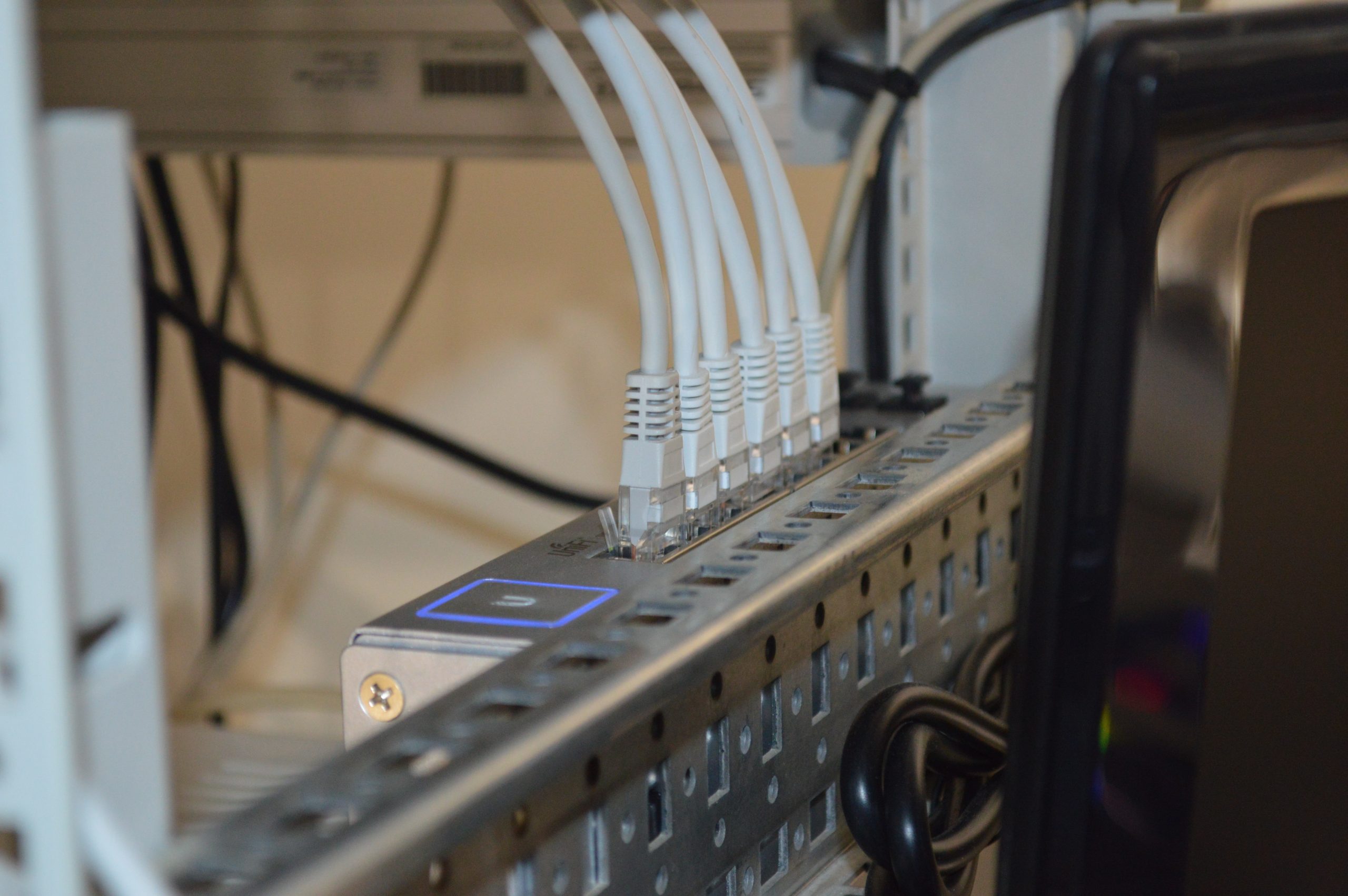From streaming Netflix to working from home, internet speed has become a vital component of our daily lives. But with so many different terms and numbers thrown around, it can be difficult to understand exactly what kind of internet speed you have – or even what kinds are out there! Fear not, as we dive into the 5 Different Kinds of Internet Speed, giving you all the information you need to make informed decisions about your online experience. Get ready to level up your internet knowledge!
Dial-Up
1. Dial-Up: This is the slowest type of internet connection. It uses a phone line to connect to the internet and can reaches speeds of up to 56Kbps.
DSL
Digital Subscriber Line (DSL) is a type of high-speed internet connection that uses copper telephone lines to deliver data. DSL is available in many areas, but not all, and it typically offers speeds ranging from 3 Mbps to 25 Mbps.
Cable
Cable is one of the most common types of internet speed. It is widely available and typically provides faster speeds than other types of internet, such as DSL or dial-up. Cable internet speeds can vary depending on the provider, but are generally much faster than standard broadband speeds.
Fiber
Fiber internet is the newest and fastest type of internet connection. It uses thin, flexible fibers of glass or plastic to transmit data at high speeds. Fiber optic cables can carry much more data than traditional copper cables, so fiber internet is much faster than other types of internet service.
Fiber internet is available in many areas, but it is not yet available everywhere. If you live in a rural area, you may not be able to get fiber internet service. Even if you live in an urban area, you may not have access to fiber if your building does not have the necessary infrastructure.
If you are lucky enough to have access to fiber internet, you will enjoy some of the fastest download and upload speeds available. Fiber plans typically offer speeds of up to 1 gigabit per second (Gbps), which is much faster than most other types of internet service. With these kinds of speeds, you can download large files in seconds, stream HD videos without buffering issues, and play online games without lag.
Satellite
Satellite internet speed is determined by a few factors. The first is the type of satellite used. There are two main types of satellites: geostationary and low Earth orbit. Geostationary satellites orbit at a fixed point above the Earth, while low Earth orbit satellites travel in a lower, faster orbit. The second factor is the bandwidth of the satellite connection. This is the amount of data that can be transmitted between the satellite and your computer in a given period of time. Higher bandwidth connections can provide higher internet speeds.
Satellite internet speeds can vary depending on these two factors, but are generally slower than other types of internet connections like cable or fiber optic. However, satellite internet is becoming more popular due to its ability to provide high-speed internet to rural or remote areas where other options are not available.
How to Test Your Internet Speed
There are a few different ways to test your internet speed. The most common method is to use an online speed test, which you can find many of by doing a quick Google search. Once you find a speed test you like, simply click on the “start test” button and wait for the results.
Another way to test your internet speed is to run a speed test from your router. This requires logging into your router’s admin page (the instructions for how to do this will be in your router’s documentation). Once you’re logged in, look for a section labeled “speed tests” or something similar. From there, you can run a speed test and see what speeds you’re getting from your router.
Finally, if you want to get really technical, you can use the command line tool “ping” to measure your internet connection speeds. This is more complex than the other two methods, but it can be useful if you want to get more detailed information about your connection speeds.










